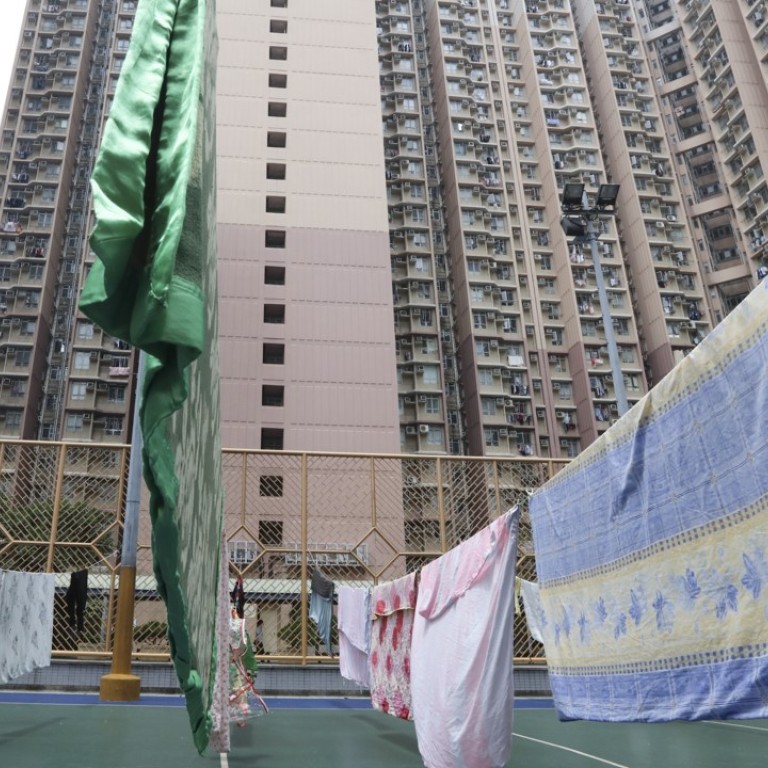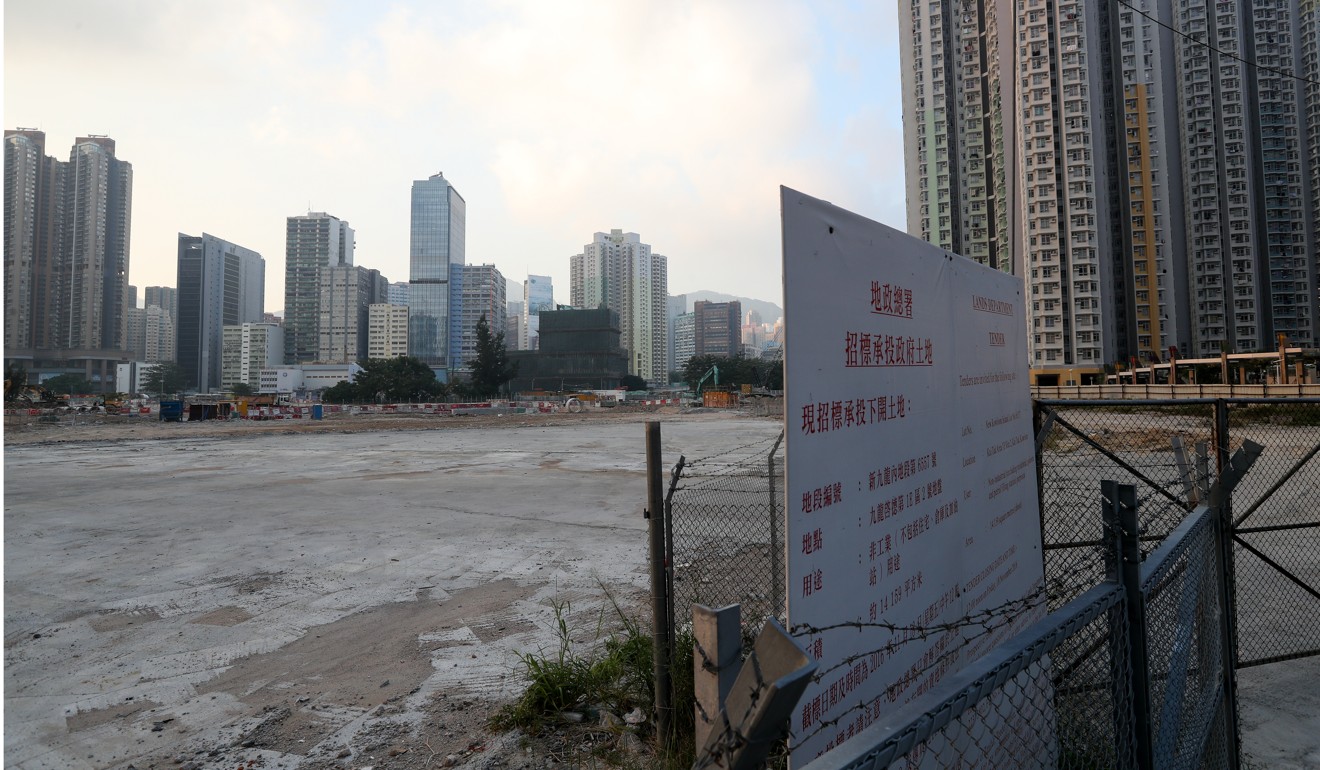
Hong Kong’s housing conundrum – affordable to whom?
We know that Hong Kong Chief Executive Carrie Lam Yuet-ngor has housing as one of her key priorities and we have been told she is embarking on major dialogue with the community on different ways that could be considered to break the housing supply log jam.
We also assume that part of the discussion will inevitably focus on the issue of affordability and hopefully it will include debate on the definition of “affordable”, who are the targets and what policies and initiatives – institutional, social and regulatory as well as physical – are needed to achieve successful outcomes.
The starting point has to be what do we mean by “affordability”, because currently in Hong Kong all sectors of the community (except the very high income earners) would claim that they are faced with an affordability gap when it comes to the housing market. This is not just a local issue but a highly complex challenge faced by almost every growing city in the world.
Each city is driven by a different philosophy and the policies introduced are tailored to whether affordable housing is regarded as a basic need, a right, an entitlement or a public good, and intermediate housing is provided to specified eligible households whose needs are not met by the market. It is also important to define whether we mean something that can realistically be funded in financial terms by those targeted by the specific initiative, or is more of an aspiration in terms of size, standard and location.
In many jurisdictions affordable housing is housing that is deemed affordable for those whose family income is within proximity to the median household income in that city and is measured by a recognised housing affordability index which is based on an ability to make mortgage payments expressed as a percentage of household income.
In Hong Kong at the present time, depending on the median family income used, the period of repayment, and the size and price of the unit in question, the affordability ratio ranges between 55-65 per cent – based on a median monthly family income of HK$22,000, a 30 year mortgage, 400 sq ft unit and maximum price of HK$5 million.
Remember, this is in an era of low interest rates. In an ideal world, some cities target as low as a 30 per cent ratio but up to 50 per cent is deemed to be generally acceptable. It is also not unusual to measure affordability by dividing median house price by gross annual median household income. Again, in Hong Kong we are looking at a multiplier of 17-19 times while other cities regard 5-10 times as a more appropriate range.
As can be seen above, the situation in Hong Kong is not sustainable and we need to look at a whole range of policies and initiatives, for both supply and demand, to respond to the challenge.
The situation in Hong Kong is not sustainable and we need to look at a whole range of policies and initiatives, for both supply and demand
In relation to supply, besides freeing up more land ready for residential development, serious thought needs to be given to a much wider range of options and alternatives. It is not just about tinkering with the current Home Ownership Scheme and public rental systems. What we need is a radical and integrated approach, involving all stakeholders, to give the community greater choice.
We also need to consider how we encourage the development of the private rental sector, but looking first at housing for sale we need to introduce “inclusionary zoning”, which is a mechanism for securing the provision of affordable housing as part of the terms of a land acquisition or lease modification.
In London and New York a developer is required to provide up to 35 per cent and 30 per cent respectively of all units as affordable housing.
As government is the ultimate controller of land supply and lease conditions, this is something that should be easily achieved and could be reflected in the land payments that government receives. We could also examine shared home ownership options where sites are granted to housing associations on long leases and specified eligible households pay the costs of building their units but land title remains vested in the association.
There are now also proven “build to rent” models, particularly in the UK, where developers build rental communities which are then on-sold to investment institutions which engage a professional manager to take responsibility for the day to day management. In these cases we could look at providing housing vouchers to supplement the rents that could be afforded – again to eligible households.
Notwithstanding the aspiration to own, private rental needs to be integrated into the housing infrastructure either as a long term alternative or as a step along the way to purchase, and is again within the control of government through land policy.
Part of the upcoming dialogue should also examine the possibility of introducing a more effective “rent to buy” scheme given that this did not gain momentum when it was previously introduced and (dare I say it?) should we not reopen the right to buy in the case of at least some of our public rental stock, at a minimum in those cases where public housing estates are due for redevelopment and there is the opportunity to offer a chance to buy rather than re-rent on redevelopment.

This is by no means an all-inclusive list of options but it does illustrate the scope that there is for further discussion and debate and the need for this to be a truly community initiative. Granted, some in the community would have to accept a more proactive approach on the part of government. This would also involve the acceptance that government, from a policy perspective, needs to lead in terms of options and priorities and cannot leave everything to the private sector. But, here again, we are back to leadership and the need to make brave decisions.
Nicholas Brooke is chairman of Professional Property Services

